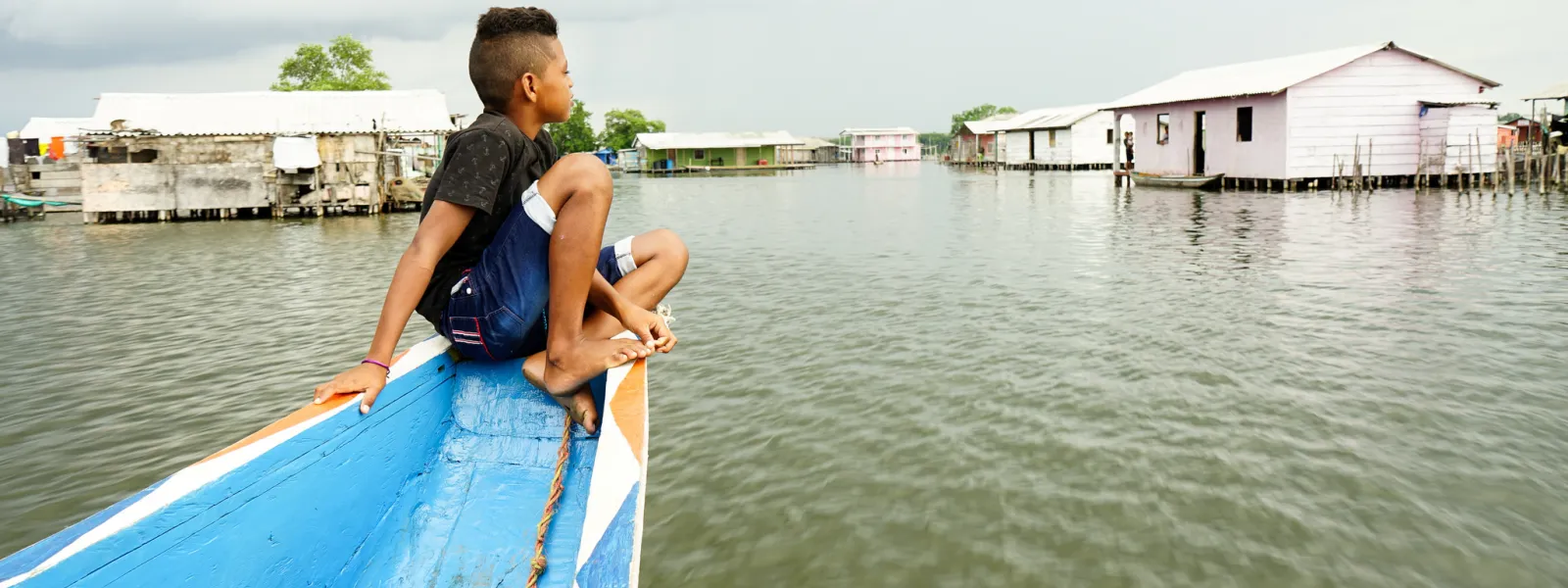
Project
Photo: Anna Laurie Miller / AIDAConserving the Ciénaga Grande de Santa Marta
Ciénaga Grande de Santa Marta, the largest and most productive coastal wetland in Colombia, covers 45,000 hectares. At the confluence of the Magdalena River and the Caribbean Sea, the site boasts an immense variety of flora and fauna, including mammals, birds and fish. Its southern tip is a beautiful sanctuary of mangroves, swamp and amphibious forest.
On the calm waters of the marsh stand the Ciénaga’s famous stilt villages, supported by pillars or simple wooden stakes and inhabited by local fishermen since 1800. In a place accessible only by water, many of the things we take for granted—being served a glass of water, quick access to a doctor—are considered luxuries. Residents depend on the natural world around them. Sadly, in recent years mass fish die-offs caused by the marsh’s degradation have threatened the livelihoods of 2,500 people who call the Ciénaga Grande home.
Illegal activities are destroying this vital ecosystem: intentionally set forest fires, deforestation of large tracks of land for agriculture and livestock, logging and burning of mangroves, and 27 kilometers of illegally built dikes.
This destruction not only devastates the local fishery; it also has global impact. Ciénaga Grande’s mangroves absorb large quantities of carbon dioxide from the atmosphere, aiding in the global fight against climate change.
The importance of the Ciénaga Grande has been recognized both nationally – the Sanctuary of Flora and Fauna Ciénaga Grande de Santa Marta is a national park – and internationally: UNESCO’s Man and the Biosphere program declared the lagoon a biosphere reserve; and the Ciénaga Grande is listed as a Wetland of International Importance under the Ramsar Convention, an intergovernmental treaty for the protection of wetlands.
AIDA and our partners are advocating for the Colombian government to fulfill its national and international obligations to protect the Ciénaga Grande. After all, millions of animals, the local community, and our global climate depend on it.
Partners:
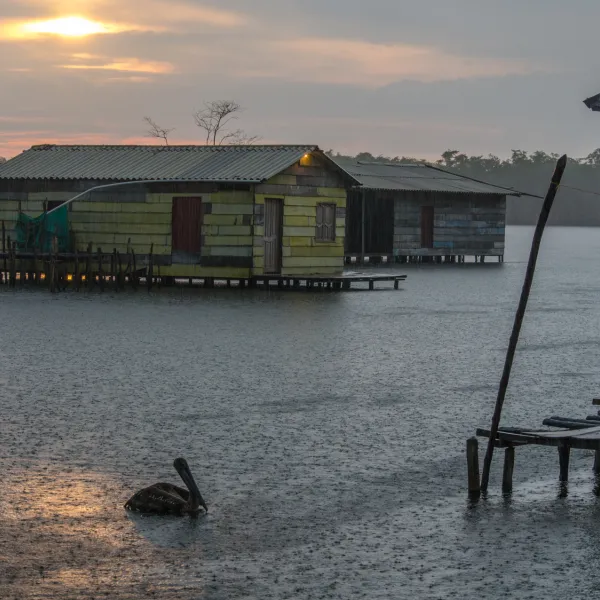
Related projects
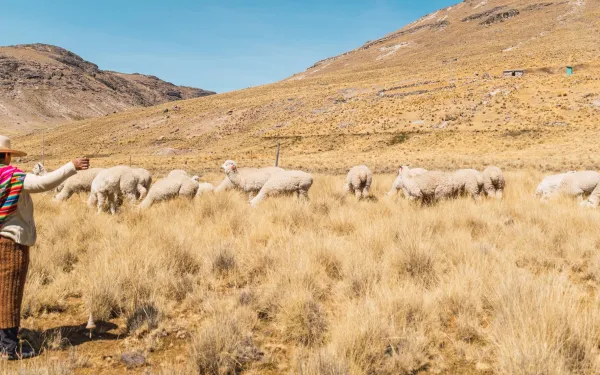
The Inter-American Court's Opinion: 7 reasons it matters for climate justice
On July 3, the Inter-American Court of Human Rights released its long-awaited Advisory Opinion No. 32 (OC-32), clarifying the scope of States' obligations in the face of the climate crisis – including, among other responsibilities, the duty to guarantee the right to a healthy climate.This marks the first time that a regional human rights court has made a broad and comprehensive statement on the issue of climate change.The opinion was issued in response to a request submitted by the governments of Chile and Colombia in January 2023. It is also the outcome of an unprecedented participatory process within the Inter-American Human Rights System, in which dozens of States, civil society organizations, Indigenous peoples, activists, and academics engaged through oral statements in public hearings and a record number of written submissions.Below are seven reasons why this landmark decision — written in and for Latin America — represents a turning point for climate justice in the region and beyond. 1. Clarifying States’ legal obligations in the face of the climate emergencyIn its decision, the Court affirms that the world is currently experiencing a climate emergency—a crisis driven by human activities, unequally generated by different States, and one that progressively and severely impacts people, especially those in vulnerable situations.In response, the Court underscores that States have binding legal obligations—not merely voluntary commitments—to confront this emergency with “urgent and effective actions, articulate, with a human rights perspective, and under the prism of resilience.” This means that, amid the climate emergency, States are required to respect and guarantee human rights. 2. Recognizing the human right to a healthy climateFor the first time, the Court explicitly recognizes the autonomous human right to a healthy climate, derived from the broader right to a healthy environment. This recognition establishes that States must protect the ability of both present and future generations to live in a climate system free from dangerous human-caused interference.Protecting this right—which underpins the enjoyment of other human rights—also requires honoring the principle of intergenerational equity. In practice, this means that States must act today to ensure that future generations inherit conditions of environmental stability that allow for equal opportunities for well-being and development. 3. Strengthened protection for people in vituations of VulnerabilityAdvisory Opinion No. 32 establishes that States must ensure that individuals and groups in situations of particular vulnerability — including women, children, Indigenous peoples, Afro-descendant communities, peasant and fishing communities, older adults, persons with disabilities, LGBTIQ+ individuals, and human rights defenders, among others — are able to exercise their rights on equal terms in the face of climate impacts.The Court also recognizes that certain territories in the Americas — such as the Amazon, the Insular Territories, and Caribbean States — are especially vulnerable to the effects of climate change. 4. Emissions control and regulation of business activitiesAccording to the opinion, States are required to set clear greenhouse gas (GHG) mitigation targets and maintain an up-to-date mitigation strategy grounded in human rights. They must also tighten and rigorously regulate both public and private activities that produce GHG emissions.In line with these mitigation strategies, States must determine which projects or activities require an environmental impact assessment that explicitly evaluates potential climate impacts. 5. Protecting human rights within the energy transitionAdvisory Opinion No. 32 underscores that States must safeguard human rights from potential violations linked to the extraction of minerals and other resources necessary for the energy transition.The Court also affirms that States are obligated to ensure the fair distribution of both the burdens of climate action and the impacts of climate change. This includes avoiding disproportionate burdens on certain populations — for example, in how the costs of the energy transition are allocated. 6. Recognition of traditional knowledge in climate actionThe opinion recognizes local, traditional, and Indigenous knowledge as protected under Inter-American human rights treaties and as a key part of the best available science. This recognition opens new avenues for demanding the inclusion of such knowledge in climate solutions.The Court thus reaffirms that the right to science also encompasses the intellectual and practical contributions that Indigenous peoples, Afro-descendant communities, and other local groups have sustained and safeguarded over generations. 7. Advancing the global movement for climate justiceThis decision reinforces and builds upon earlier rulings, such as the one issued in May 2024 by the International Tribunal for the Law of the Sea, which clarified States’ obligations to protect the marine environment from the effects of the climate crisis. It also contributes to ongoing global legal efforts — including the forthcoming Advisory Opinion from the International Court of Justice, which will further define States’ responsibilities in the face of the global climate emergency.Together, these decisions are strengthening the global movement for climate justice, as well as supporting citizen demand for stronger government action.
Read more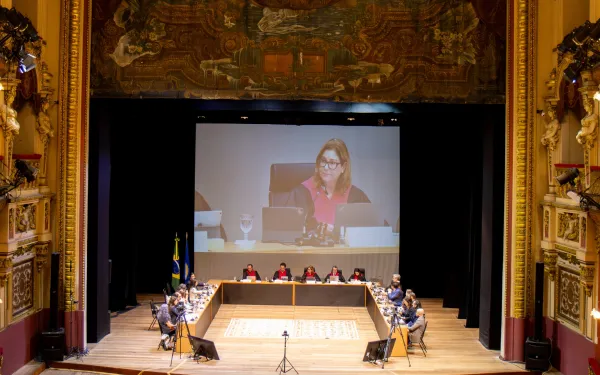
Landmark Inter-American Court Decision Requires States to Protect Human Rights in the Face of the Climate Crisis
In a groundbreaking advisory opinion issued today, the Inter-American Court of Human Rights clarifies the obligations of States to effectively protect people and communities from the harmful impacts of the climate crisis. The decision sets a powerful precedent for climate justice and offers critical guidance to national and international courts worldwide.San José, Costa Rica. In its Advisory Opinion No. 32, the Inter-American Court of Human Rights has taken a historic step toward strengthening global climate accountability. The Court sets a powerful precedent by establishing legal standards that States across the continent must meet to protect human rights in the face of the climate crisis. This landmark ruling is expected to drive a new wave of strategic climate litigation, enabling affected people and communities to access justice.“The Court’s decision marks a watershed moment for climate justice in Latin America and around the world, as it is the first time a regional human rights tribunal has clearly spelled out States’ legal obligations in response to the climate crisis,” said Gladys Martínez, Executive Director of the Interamerican Association for Environmental Defense (AIDA). “We welcome this significant step forward — one that will not only help protect communities and individuals, but also guide national and international courts, including the International Court of Justice, which is now developing its own opinion on this critical issue.”The Court recognized, for the first time, the existence of an autonomous human right to a healthy climate, derived from the right to a healthy environment. In light of Advisory Opinion No. 32, States across the region now have legal obligations to address the climate crisis as a human rights issue, in accordance with their domestic laws and applicable treaties and agreements, including:Guaranteeing a climate system free from dangerous anthropogenic interference, as a precondition for the exercise of other human rights.Respecting the principle of intergenerational equity, by ensuring that current generations leave behind conditions of environmental stability that allow future generations similar opportunities for development.Regulating, supervising, and overseeing, as well as requiring and approving environmental impact assessments, to fulfill their duty to mitigate greenhouse gas (GHG) emissions.Defining a mitigation goal; developing and maintaining an up-to-date mitigation strategy grounded in human rights; and strictly monitoring and supervising public and private GHG-emitting activities.Ensuring an equitable distribution of the burdens of climate action and climate impacts, avoiding the imposition of disproportionate burdens—this includes the fair allocation of the costs associated with the energy transition. In addition, the Court recognized in its opinion that local, traditional, and Indigenous knowledge is protected under Inter-American treaties and constitutes an integral part of the concept of the best available science—opening a new path for the enforceability and inclusion of these knowledge systems in responses to the climate emergency.“This decision by the Inter-American Court ushers in a new era for climate negotiations and litigation by providing individuals, communities, and civil society organizations with a clearer and more robust legal framework,” said Liliana Ávila, Director of the Human Rights and Environment Program at AIDA. “It empowers people to hold States accountable – both in climate negotiations and courtrooms – and to push for the structural changes needed to confront the climate crisis. This includes meeting their obligations on mitigation, adaptation, and addressing loss and damage, all while upholding fundamental human rights.”The Court’s decision responds to a request submitted in January 2023 by the governments of Colombia and Chile. In their petition, the two States emphasized that their populations — along with those of other countries across the Americas — are already experiencing severe impacts from the global climate crisis, including droughts, floods, wildfires, and other extreme events. They called on the Court to clarify how the American Convention on Human Rights should be interpreted in the context of the climate emergency, its root causes, and its wide-ranging consequences.“This decision serves as a binding interpretive tool for States in the region, opening new legal pathways to hold governments accountable for protecting human rights,” said Marcella Ribeiro, Senior Attorney at AIDA. “States must now align their domestic policies to meet the legal standards set by the Court — including, among other things, properly regulating corporate activity in the context of the climate crisis and ensuring a stable climate for future generations.”From the outset of the process, AIDA played a proactive role. The organization supported various communities across the region in ensuring their voices were heard by the Inter-American Court, submitting legal briefs that highlighted the socio-environmental impacts of the climate emergency on Indigenous peoples, women, children, people of diverse sexual orientations and gender identities, and on particularly fragile ecosystems such as coral reefs. AIDA also facilitated the participation of community representatives in the public hearings held as part of the process, which took place in Barbados and Brazil in April and May 2024, respectively.AIDA additionally submitted its own legal brief to the Court, arguing that the right to a “stable and safe climate” should be recognized as part of the universal right to a healthy environment – underscoring States’ obligations to prevent and mitigate the harmful effects of the climate emergency on their populations.The process saw the submission of more than 200 written observations — an unprecedented number for an Advisory Opinion of the Inter-American Court — reflecting the region’s strong engagement with the issue. Advisory Opinions play a vital role in shaping human rights law by clarifying how existing rights should be interpreted, thereby guiding States in how to uphold and enforce them within their territories or jurisdictions.Advisory Opinion No. 32 builds upon and reinforces earlier rulings, including the 2024 advisory opinion from the International Tribunal for the Law of the Sea, which clarified States’ obligations to protect the marine environment from the climate crisis. It also complements the forthcoming opinion from the International Court of Justice – the UN’s highest judicial body – which will define States’ responsibilities in the face of the global climate emergency.In a global context that demands ever-stronger climate action, the Inter-American Court’s decision reaffirms that governments must act based on binding legal obligations — not merely voluntary commitments. This legal milestone provides people and communities across the region a powerful foundation from which to demand real action and the full protection of their rights in a safe, just, and sustainable climate. Press contact:Víctor Quintanilla, [email protected], +52 5570522107
Read more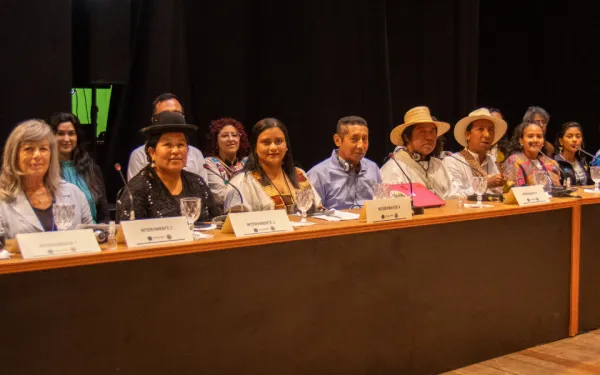
Media Advisory: Inter-American Court Decision on Climate and Human Rights Approaching
Expected Release: Early July 2025The Inter-American Court of Human Rights is expected to release a historic Advisory Opinion in early July, clarifying how states must uphold human rights in the context of the climate crisis.This legal milestone follows public hearings where frontline communities, Indigenous leaders, and civil society organizations shared powerful testimony on the real-world impacts of environmental degradation and government inaction. The Court’s decision will have far-reaching implications for climate policy, state accountability, and the protection of environmental defenders across the Americas.From the beginning of the process, AIDA assumed a proactive role, promoting the involvement of communities affected by the climate crisis in Latin America. We supported a diverse array of amicus briefs and community testimonies before the Court in public hearings and presented our own amicus brief arguing that the right to a “stable and safe climate” should be recognized as part of the universal right to a healthy environment.Spokespeople Available for Media Interviews:Legal Experts & Organizational LeadersMarcella RibeiroSenior Attorney, AIDALanguages: Portuguese (native), Spanish, English Expertise: Community participation, just transition, climate reparationsBased in: Brazil Available for: Interviews and background briefingsLiliana ÁvilaProgram Director, AIDA Languages: Spanish (native), EnglishExpertise: Human rights law, climate litigation, regional legal mechanismsBased in: ColombiaAvailable for: Interviews and background briefingsFrontline Community VoicesWe can coordinate interviews with several key members of frontline communities who testified directly before the Court during the public hearings.These spokepeople bring a vital human and territorial perspective to the legal decision and are available for media conversations in Spanish and local language, with interpretation support as needed. Background Materials:AIDA's amicus brief on the right to a safe and stable climate.Civil society contributions from around Latin America, on the Climate Litigation Platform for Latin America & the Caribbean.Frontline community interviews from the Manaus public hearing.The Manaus Declaration signed by nearly 400 people and organizations from across the continent.AIDA's background ABC on the Advisory Opinion process. Media Contacts:Victor QuintanillaMedia Coordinator, AIDA 📧 [email protected]📱 +52 55 7052 2107Lorena ZáratePositioning Coordinator, AIDA 📧 [email protected]📱 +52 55 7052 2107
Read more